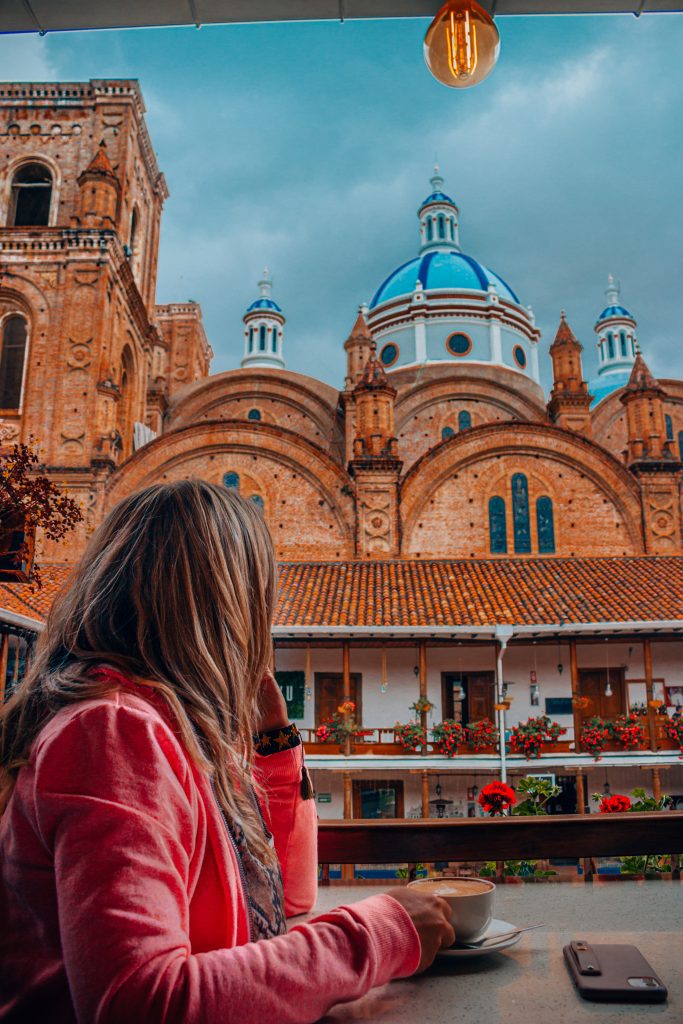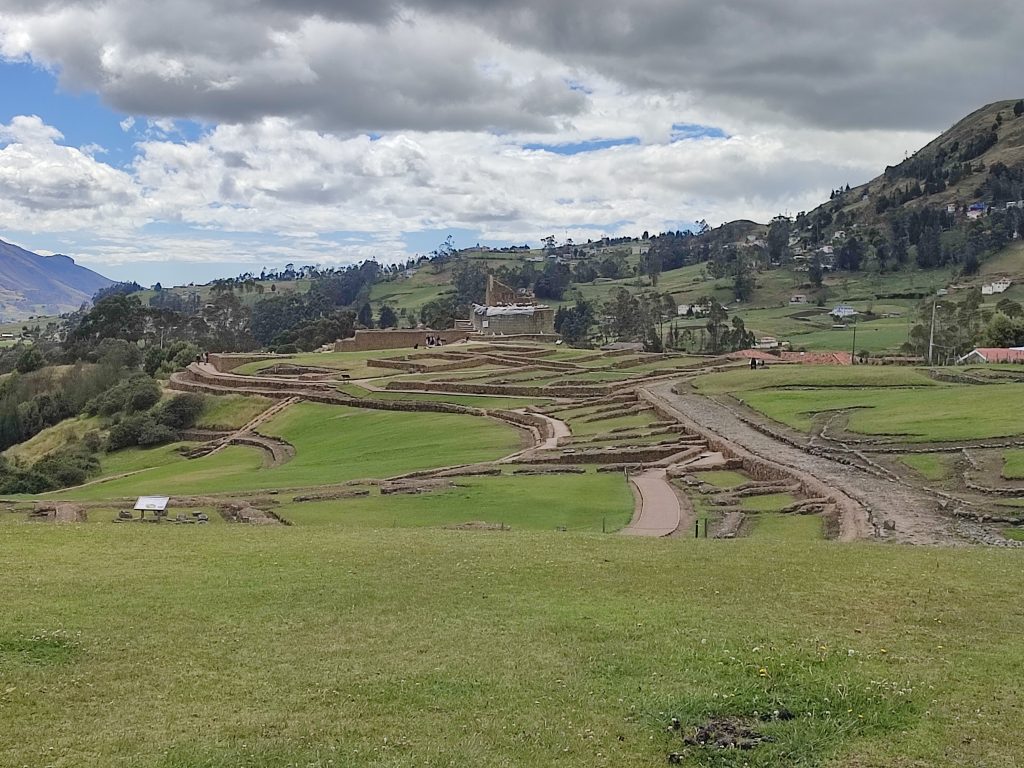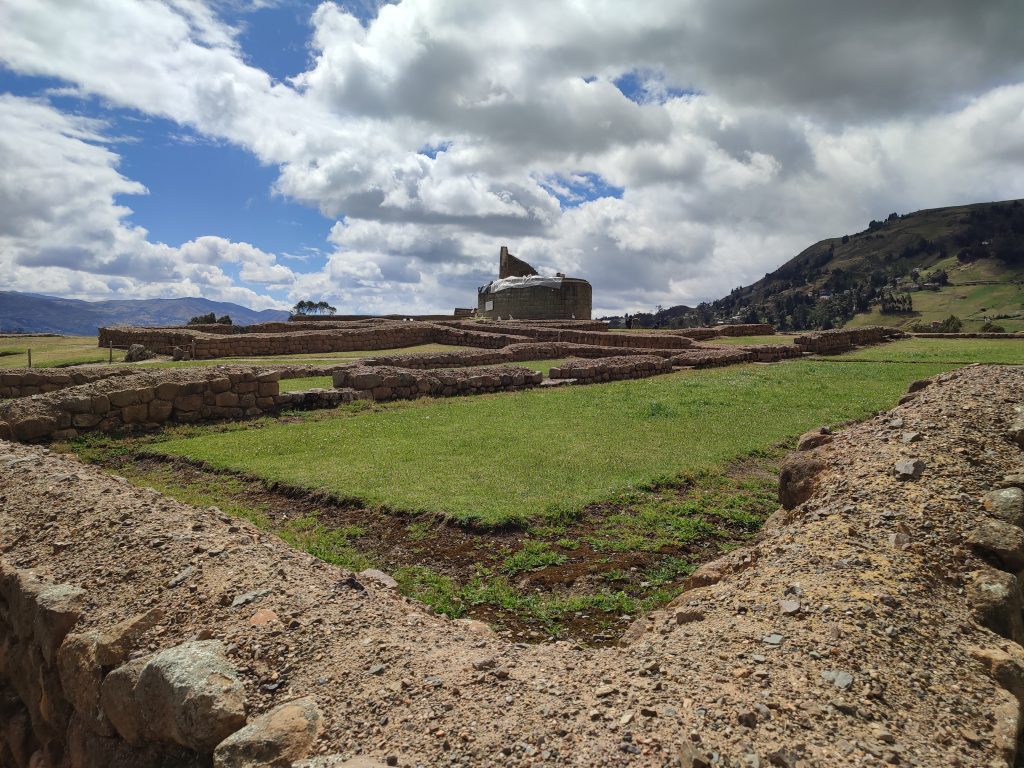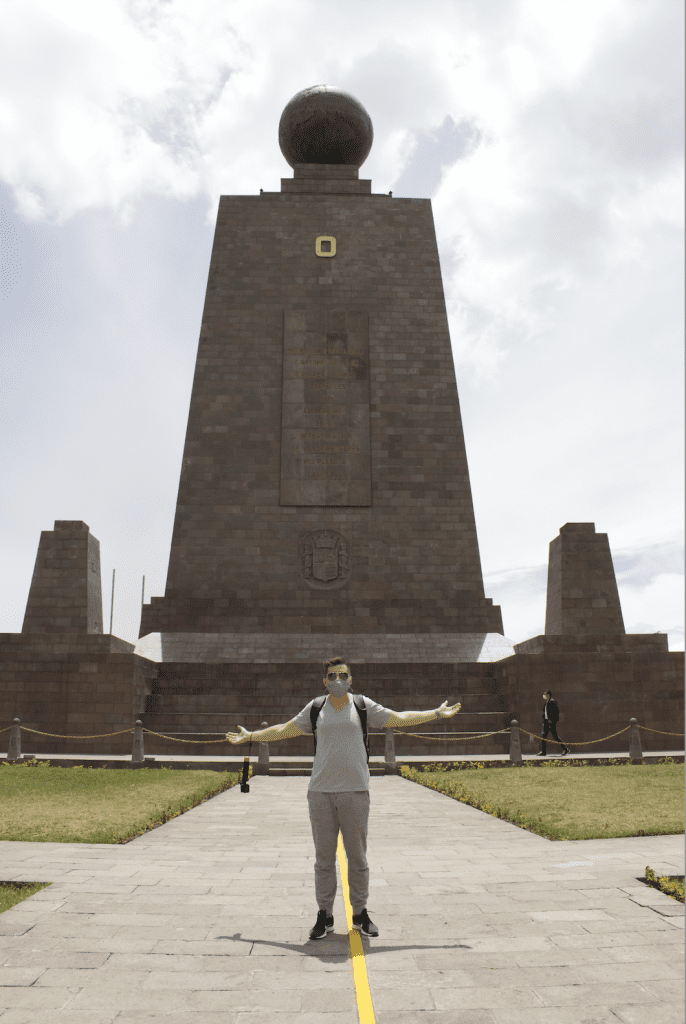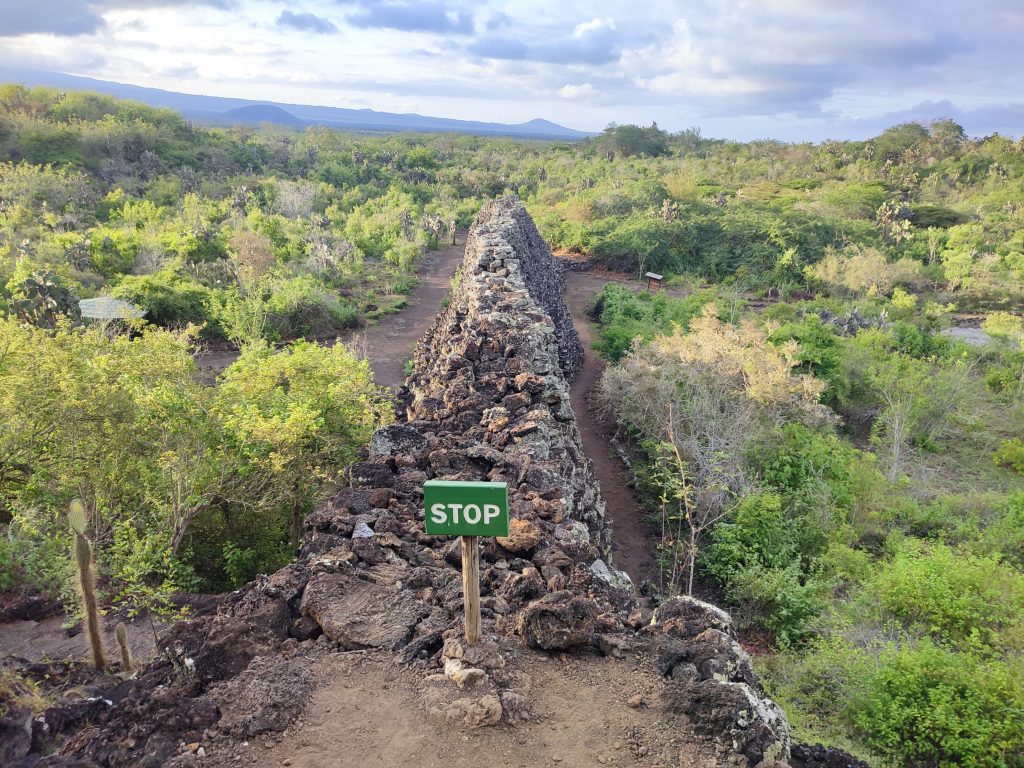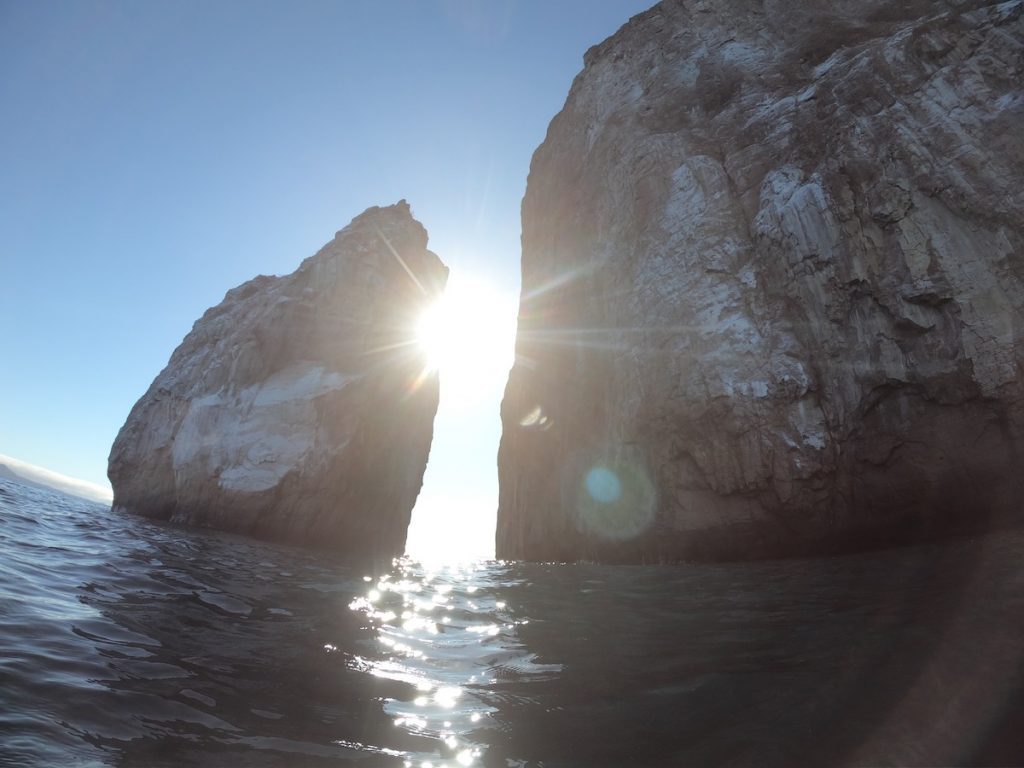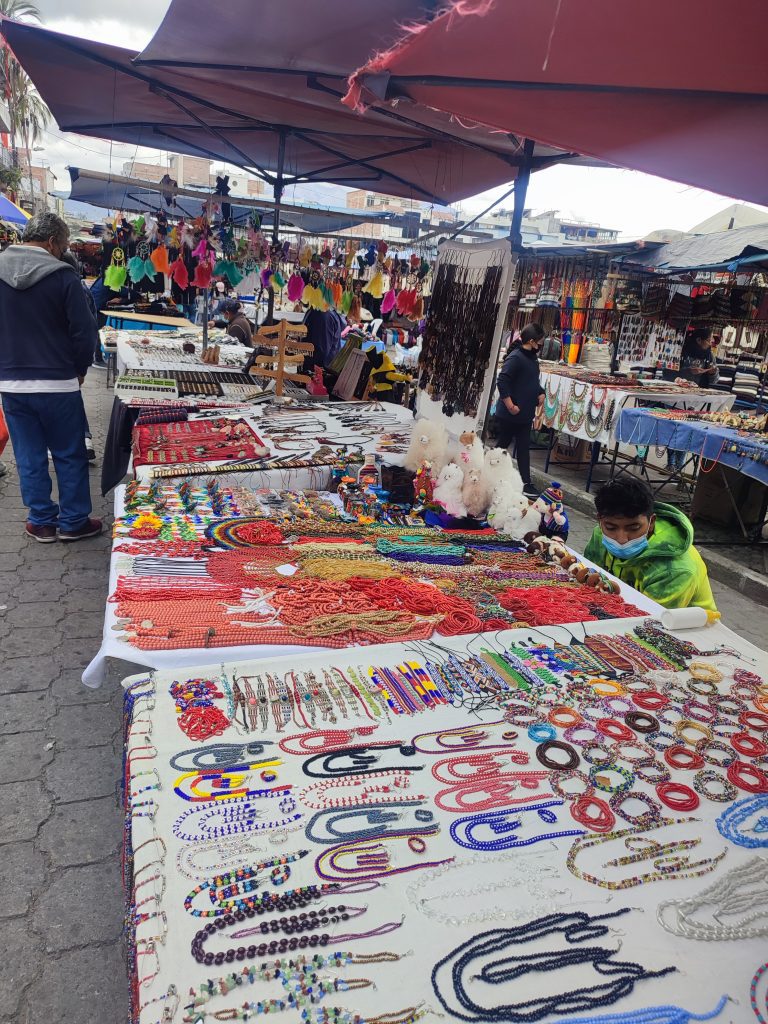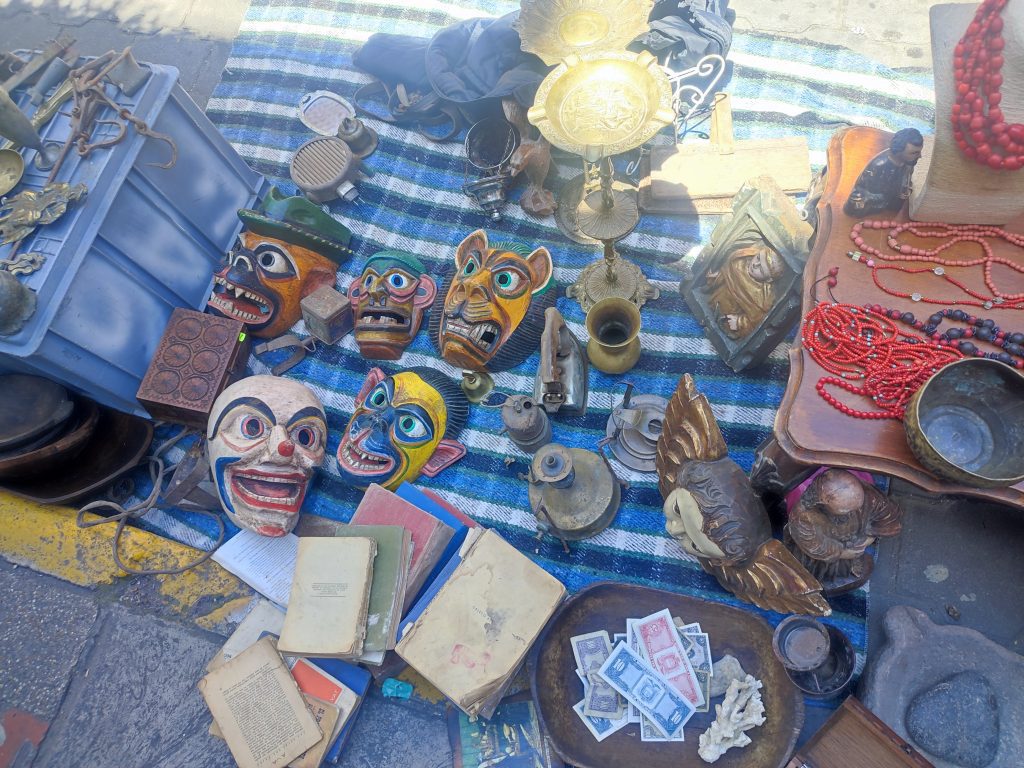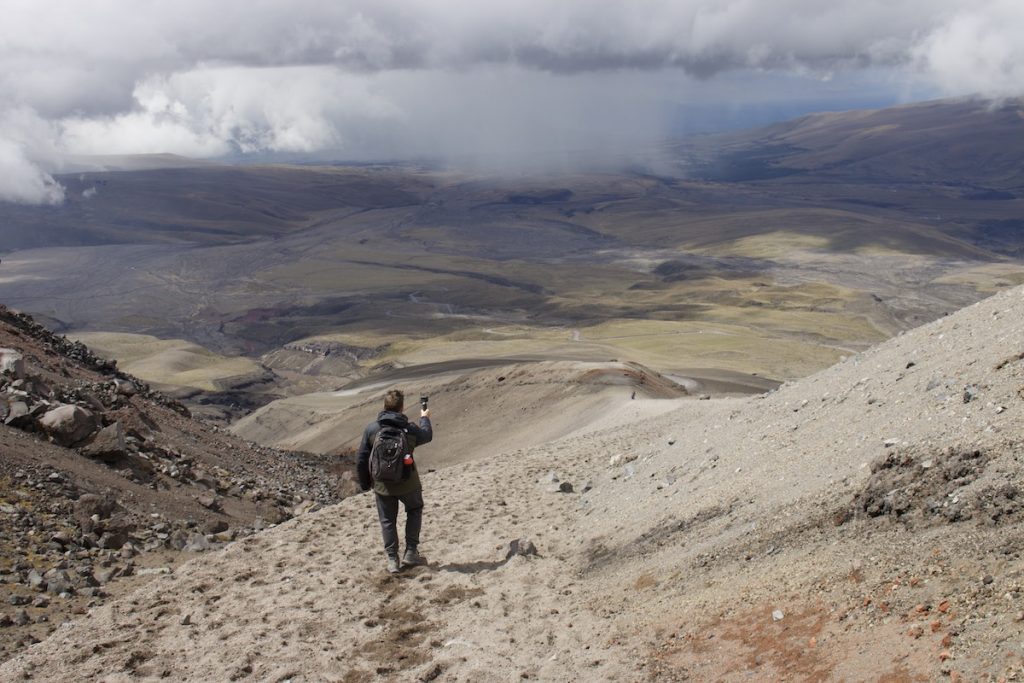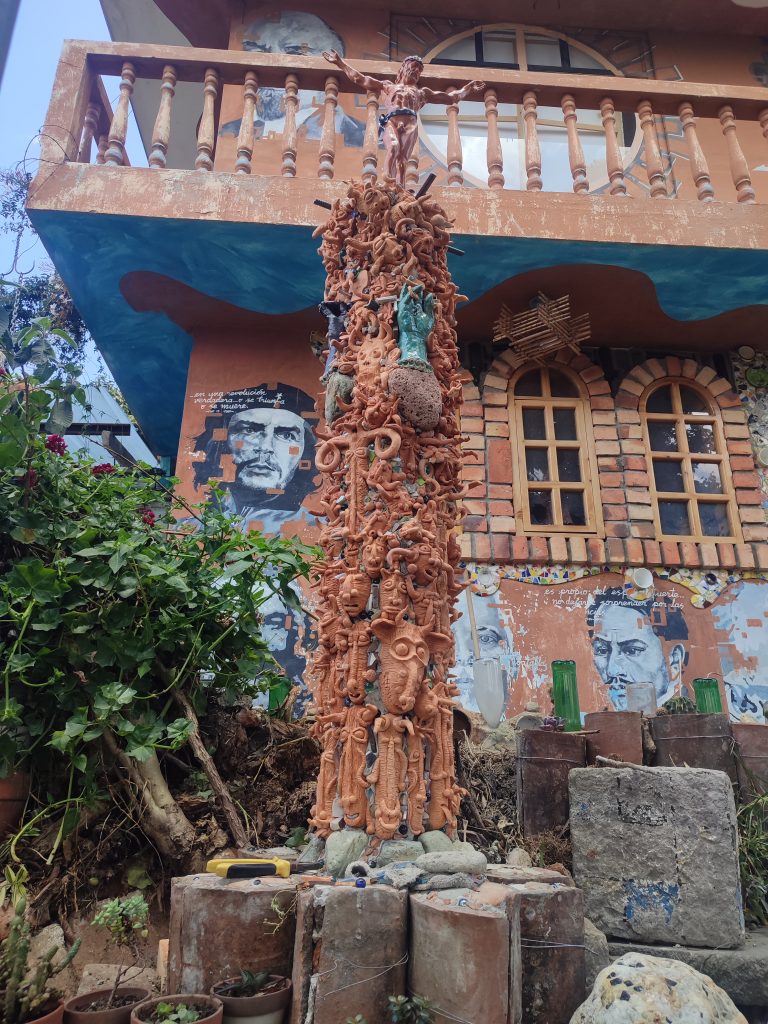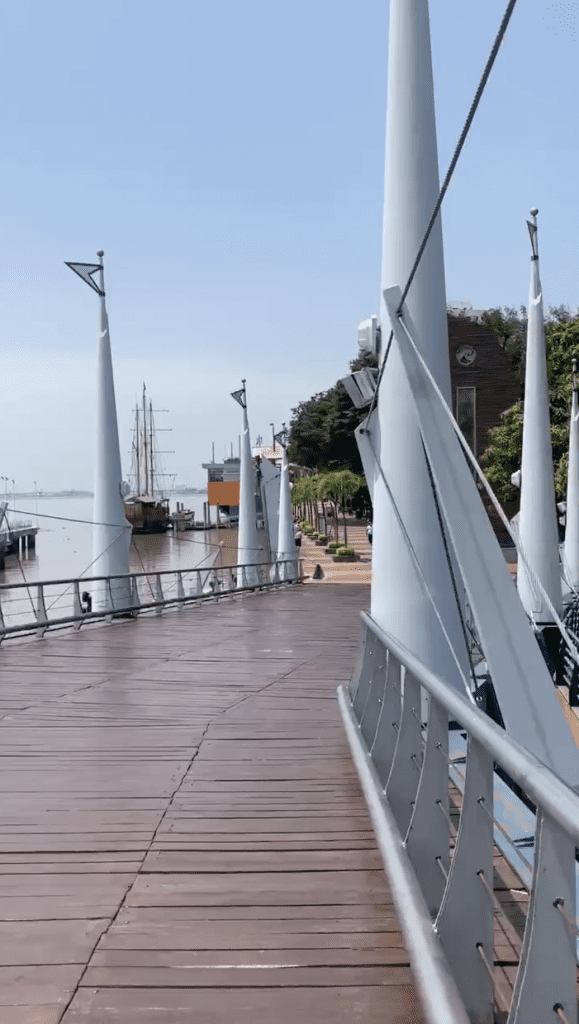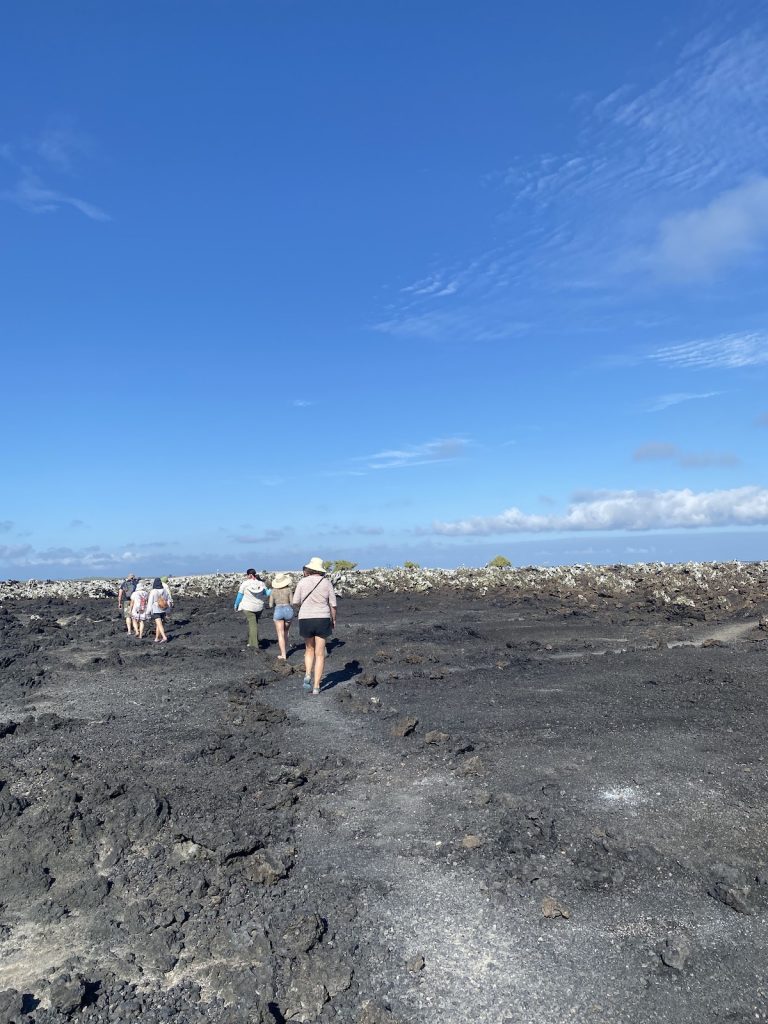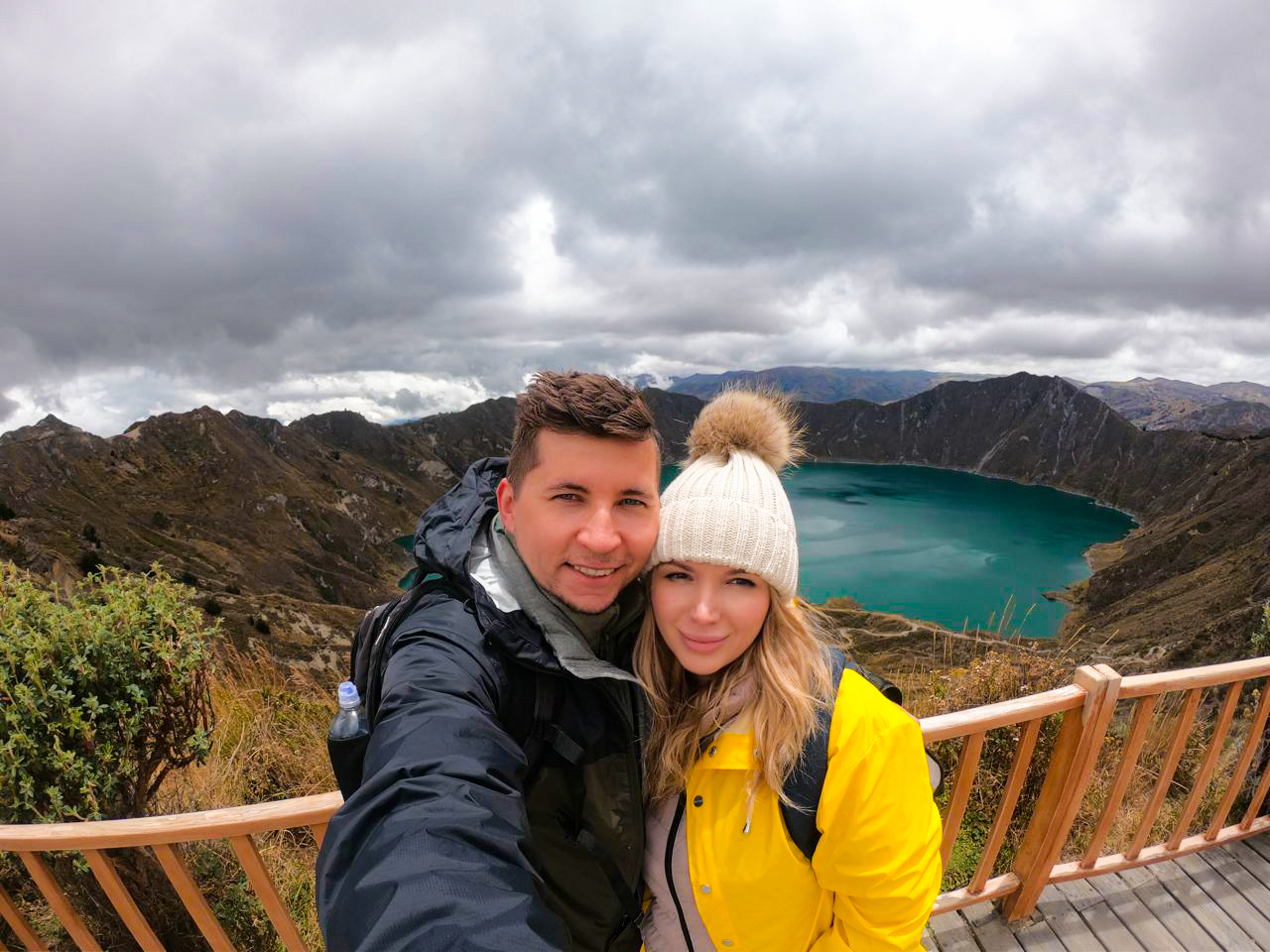Exploring Ecuador’s historical sites and landmarks is a powerful way to connect with the country’s deep cultural roots. Visiting these places offers a window into Ecuadorians’ history and traditions, giving you a richer understanding and appreciation of their heritage. Each site takes you on a fascinating journey back in time, revealing stories about this incredible country.
From intriguing monuments and ancient buildings to stunning natural landmarks, Ecuador has so much history to discover. In this article, we’ll share some of the must-see sites we explored on our journey.
Looking back, discovering Ecuador’s historical treasures required thoughtful planning – from combining sites efficiently to understanding their cultural significance. Skip the uncertainty I faced and get a FREE personalized Ecuador trip quote from my trusted local experts who know exactly how to create meaningful cultural experiences. Your booking helps support both this blog and local Ecuadorian communities.
Iglesia de San Francisco — Old Town, Quito
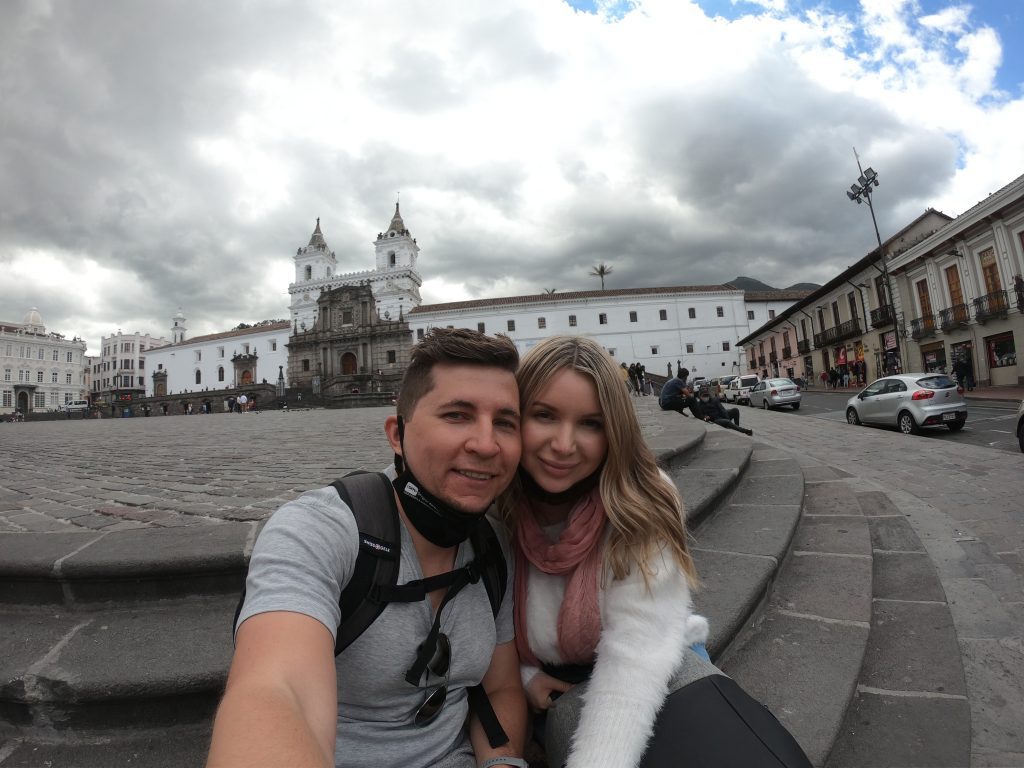
Quito’s original church, San Francisco, remains one of the city’s most breathtaking landmarks. Located in the heart of Quito’s old town, this classic colonial-era church impresses with its sprawling monastery, museum, grand altar, and a wide stairway leading up from the square. During our visit, we noticed that extensive restoration work is underway, which will only enhance the beauty of its intricate interiors. This church is a must-see for anyone exploring Quito’s historical treasures.
Catedral Nueva — Cuenca
The massive Catedral Nueva in Cuenca, which took nearly 80 years to complete, is truly a sight to behold. Its two iconic blue domes define Cuenca’s skyline, especially when viewed from the hillside lookouts around town. Stepping inside is just as impressive—the white marble floors, colorful stained-glass windows, and the Renaissance-style main altar are breathtaking. If you’re in Cuenca, don’t miss the chance to experience this architectural gem up close.
Ingapirca Ruins — Cañar Province
Exploring Ingapirca, we could see the contrasting styles—while the Incas used smooth, precisely cut stones with no mortar, the Cañari used mortar with slightly rougher stones. This blend of techniques makes Ingapirca a fascinating site for anyone interested in Ecuador’s ancient cultures.
Mitad Del Mundo — Quito
The Middle of the World Monument marks the place where French explorers determined the equatorial line in 1736—a significant feat, even though their calculations were off by 250 meters. While the monument doesn’t sit exactly on the equator, it’s still a popular and iconic destination for visitors.
Despite its slight inaccuracy, the towering structure is impressive, and standing here gives a unique feeling of being “at the middle of the world.” For anyone visiting Ecuador, it’s a fun and memorable stop!
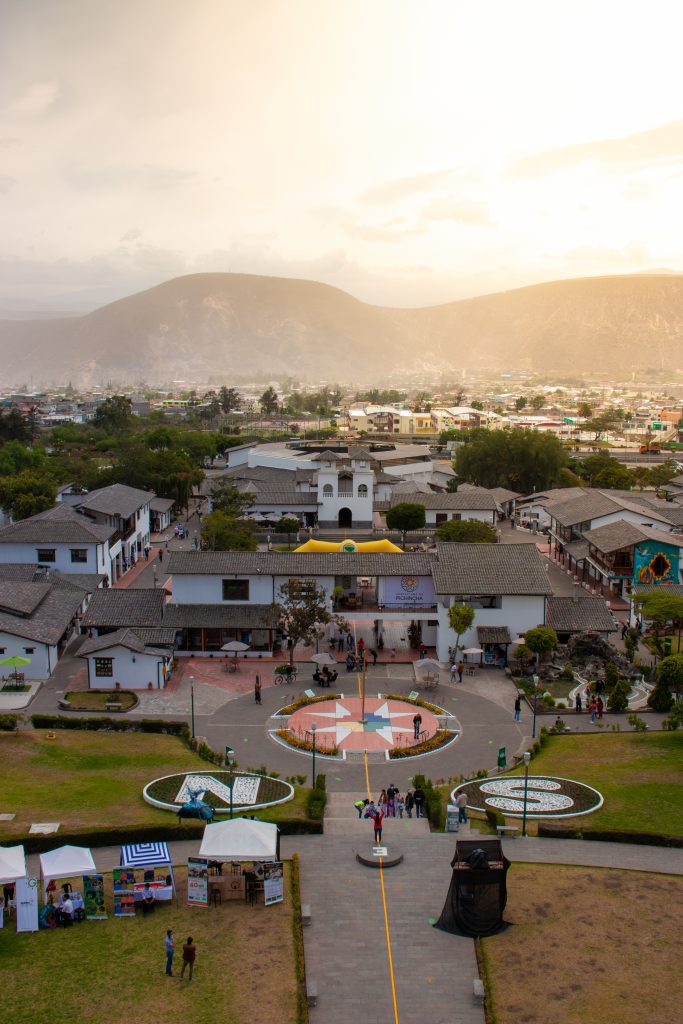
There is also the Itiñan Solar Museum, which houses various oddities related to both the equator and the local people.
Muro de las Lagrimas (Wall of Tears) — Isabela Island, Galapagos
The Wall of Tears is a haunting and significant historical site in the Galapagos, built by detainees of a former correctional camp under President José María Velasco Ibarra between 1945 and 1959. Rising 25 meters high, this wall of lava rock is an imposing sight with stones that still bear the marks of hardship.
Legend has it that the wall emits eerie, weeping sounds—likely just the wind blowing through its many cracks. Some locals say the wall got its name because it’s “where the strong weep and the weak die,” capturing the intense suffering endured by prisoners who built it, despite it serving no real purpose beyond keeping them occupied. Though it was never completed, this somber place is a must-visit for anyone exploring the history of the Galapagos.
Leon Dormido (Kicker Rock) — San Cristobal Island, Galapagos
León Dormido, also known as Kicker Rock, is a favorite snorkeling spot in the Galapagos, and what you see above the water only hints at the wonders below. Rising 152 meters above the sea, this towering volcanic formation is a perfect roost for frigatebirds, blue-footed boobies, and other native birds.
The true beauty, however, lies beneath the surface. Over time, the rock has been eroded into a canal, creating a sanctuary for diverse marine life. Snorkelers can spot white-tipped reef sharks, Galapagos sea lions, Galapagos sharks, sea turtles, an array of fish species, and even large rays. It’s an unforgettable underwater experience that showcases the unique biodiversity of the Galapagos.
Otavalo Market — Imbabura Province
The Otavalo Market, locally known as Plaza de Los Ponchos or Centenario Market, is the largest indigenous market in Latin America. Located in the Otavalo district of Imbabura province, it’s a vibrant cultural hub that attracts both locals and visitors from around the world.
The market offers an incredible variety of handicrafts, textiles, and traditional goods, making it a must-visit for anyone interested in experiencing Ecuador’s indigenous culture firsthand.
At Otavalo Market, you’ll get a glimpse into the lives of the Kichwa Otavalo people and their world-renowned craftsmanship. Wandering through the market’s lively corners, you can shop for vibrant textiles, intricate crafts, and other traditional items. Don’t miss the chance to taste some local cuisine—it’s a wonderful way to fully immerse yourself in the rich culture of this region.
Plan perfect trip to Ecuador & Galapagos
I spent countless hours researching everything about traveling to Ecuador, and I created this blog for fellow travel enthusiasts who want the best, most reliable information. But if you want to save time, we’ve partnered with the top local agency to plan your dream trip.
Cotopaxi Volcano and National Park — Pichincha Province
Cotopaxi National Park is absolutely breathtaking, home to the world’s third-tallest active, snow-capped volcano. For many of us, simply gazing up at this majestic sight is enough, but for those feeling adventurous, it’s possible to climb Cotopaxi with a professional guide.
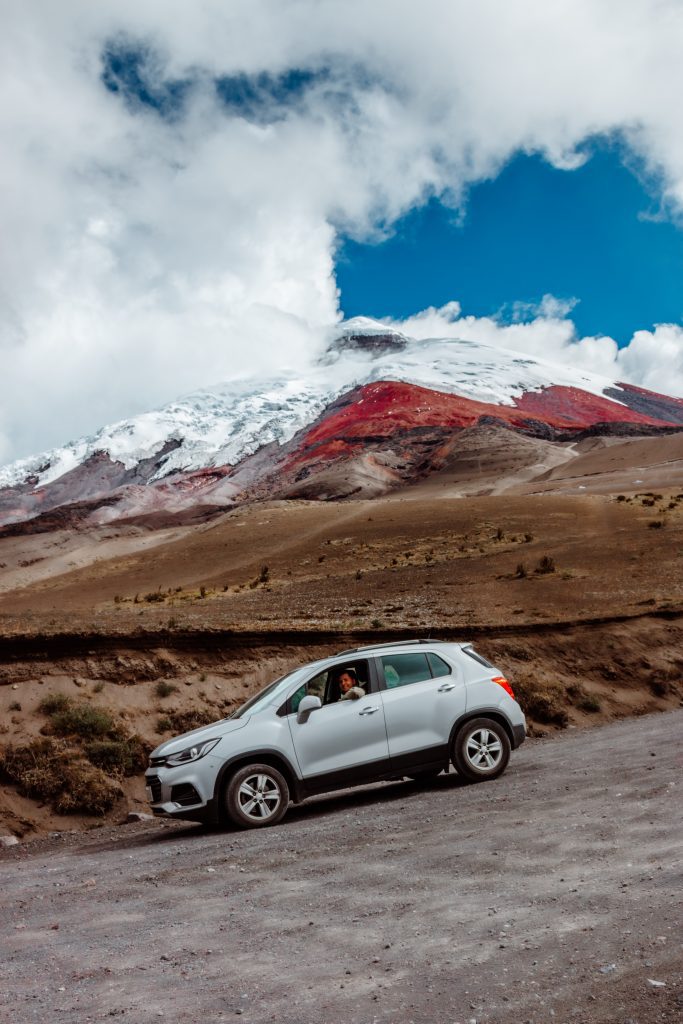
While the climb isn’t overly strenuous, it requires patience to acclimate to the altitude, along with special equipment. If you’re up for it, reaching the heights of Cotopaxi is an experience you’ll never forget!
Artisan Villages (Gualaceo, Chordeleg, and Sigsig) — Azuay Province
These three artisan villages have a storybook charm, each offering something unique and distinctly Ecuadorian.
Gualaceo is known for its beautiful leather goods, from shoes to purses, and it’s also home to a fascinating orchidarium where you can admire a wide variety of orchids.
Chordeleg, famous for its silver jewelry, showcases the art of filigrana, where exceptionally fine silver threads are braided into intricate designs, making for exquisite necklaces, earrings, and rings.
And then there’s Sigsig, renowned for its handmade “Panama” hats—a tradition that actually originated here in Ecuador, not in Panama. Efforts are even underway to reclaim their true name as paja toquilla hats, honoring their Ecuadorian roots.
Trust me, while each site is amazing on its own, knowing how to combine historical landmarks with local experiences makes all the difference! Want an expertly planned itinerary that balances iconic sites with authentic cultural encounters? Get a FREE quote from my recommended local agency. Your booking supports this blog and local Ecuadorian businesses.
Museo Nacional del Banco Central del Ecuador — New Town, Quito
Ecuador’s largest museum, the Museo Nacional del Banco Central del Ecuador, is not only the country’s biggest but arguably its best. The museum’s pre-Columbian anthropological and historical exhibits are extensive, informative, and thoughtfully curated. Alongside these, you’ll find exceptional collections of colonial and religious art, as well as impressive works from Ecuador’s top contemporary artists. It’s a must-visit for anyone looking to dive deep into the country’s rich cultural heritage.
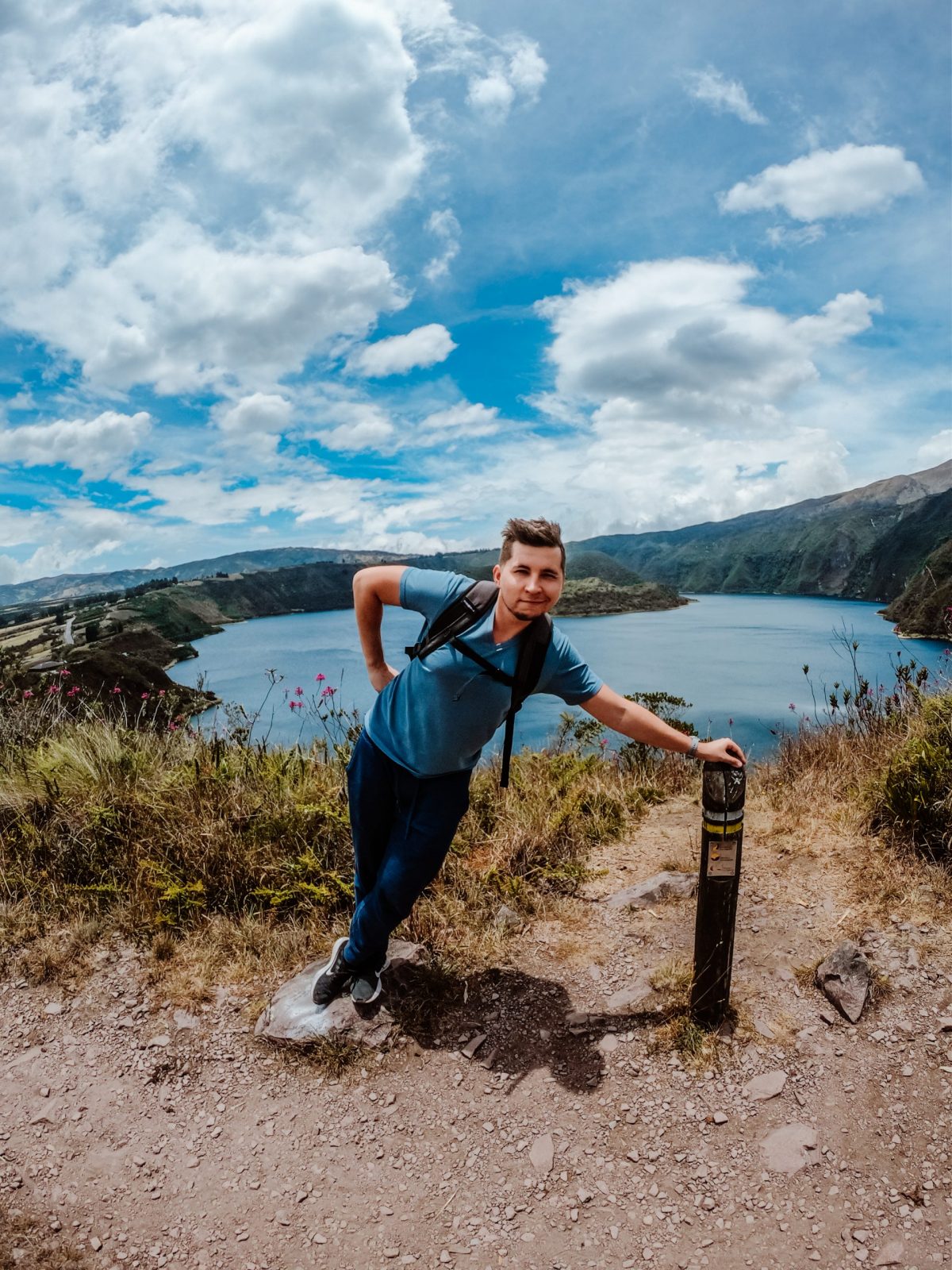
Planning trip to Ecuador?
My wife and I rented a car for 15 days and traveled from the northern part of Ecuador to the south, visiting amazing cities like Quito, Otavalo, Baños, Cuenca, and Guayaquil. Along the way, we explored iconic places such as Cotopaxi National Park, Quilotoa Lake, and many more breathtaking destinations.
Not many blogs cover traveling in Ecuador in detail, so I spent nearly three weeks creating this comprehensive Ecuador travel guide based on our trip. It’s packed with everything you need to know, and honestly, I consider it the best free travel guide about Ecuador out there.
If you’re planning a trip to Ecuador, don’t forget to use my link for discounted hotel prices through Booking.com. It’s a great way to support my blog while saving money on your accommodations!
Museo Antropológico y de Arte Contemporáneo — Guayaquil
The Museo Antropológico y de Arte Contemporáneo in Guayaquil is a true gem—housed in a large, modern, and beautifully designed building. Inside, you’ll find an impressive collection of archaeological artifacts from across Ecuador, along with a fantastic wing dedicated to contemporary Ecuadorian art.
One of the museum’s standout features is its prime location at the northern end of Guayaquil’s Malecón, offering easy access to the popular riverside boardwalk and the nearby Cerro Santa Ana. It’s the perfect stop for art and history lovers exploring this vibrant part of the city.

